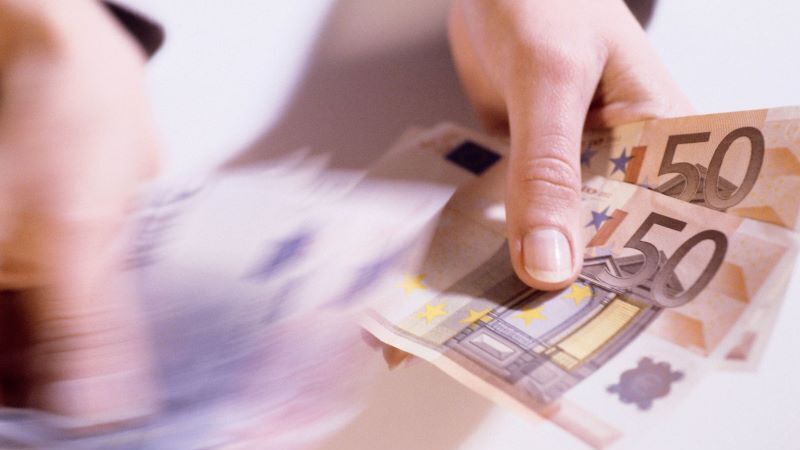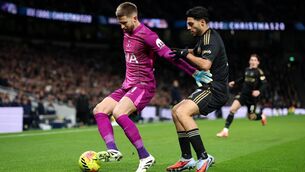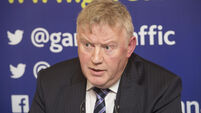Elite sport costs money - a lot of money

Sorry about the last item. It may not fit into the bucolic version of pastoral you’re partial to when it comes to the GAA, but it’s an uncomfortable reality that elite sport costs money. A lot of money. It costs to participate and it also costs to facilitate.
That’s why the new GPA-GAA deal is so significant. Yesterday there was some frowning at the detail, with a few comments thrown at the nutrition provision (to quote the release, “new refundable & vouched nutrition expense (to the amount of €1.2 million per year) to be introduced.” )









